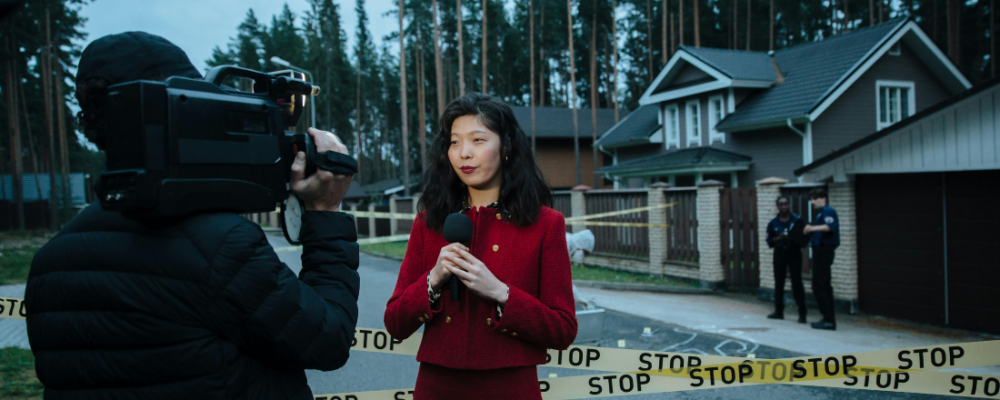
Trauma, Resilience, and #BlackLivesMatter: How do Racism and Trauma Intersect in Social Media Conversations?
- Lori Dorfman, DrPH, MPH
- Laura Nixon, Sarah Han, Pamela Mejia
-
Focus Areas
Chronic Disease Prevention, Data, Technology & Innovation -
Issues
Adverse Childhood Experiences, Violence Prevention -
Programs
Berkeley Media Studies Group

How are racism and childhood trauma are being discussed, together and separately? One place where conversations about both issues are happening is on social media, which provides a particularly important window into the discourse about racism.
The Black Lives Matter movement, for example, has made social media central to its strategy: #BlackLivesMatter was the third-most used social-issue hashtag in the history of Twitter in 2016. Many policymakers, journalists, and members of the public have learned or are learning about race, racism, and its impact on communities through the work of Black Lives Matter and its robust social media strategy.
In this report, PHI’s Berkeley Media Studies Group (BMSG) explores how are childhood trauma researchers, advocates, and others talking about race on Twitter, and delves into if those conversations drawing the connection between trauma and structural racism. Authors also look into if there were opportunities to bring a trauma lens to existing Twitter conversations about racial justice: Do conversations about Black Lives Matter—which often center on violent and traumatic incidents in communities of color—include discussions of trauma or related topics?
The report found that Twitter conversations about childhood trauma and race rarely intersected: Few Tweets about childhood trauma mentioned race, and very few Tweets about Black Lives Matter mentioned themes relating to trauma. Additionally, few Twitter conversations about race and trauma included solutions and strategies to address these issues.
But we know it is possible to link these issues, even in something as short as a Tweet. When Twitter users did talk about race and childhood trauma, they often made powerful connections between the experiences of kids of color and manifestations of structural racism, such as harmful rhetoric in the 2016 presidential election and police violence. In addition, Tweets that discussed both Black Lives Matter and trauma contained nuanced conversations about the scope and impact of trauma as a result of issues like police violence. However, most conversations happened among just a few people, and only a handful of Tweets had a wide reach.
Our findings suggest that there are opportunities to address the gaps between childhood trauma and structural racism in social media conversations. Taken as a baseline, our findings indicate that researchers and advocates working at the intersection of childhood trauma and structural racism could have a unique opportunity to shape the social media conversation by more frequently making those intersections explicit and by elevating authentic voices and conversations that are already taking place.
Read the brief to see the full analysis and recommendations for how advocates can better connect race, racism and ACES in social media conversations.
Originally published by See the full brief.
Work With Us
You change the world. We do the rest. Explore fiscal sponsorship at PHI.
Support Us
Together, we can accelerate our response to public health’s most critical issues.
Find Employment
Begin your career at the Public Health Institute.


